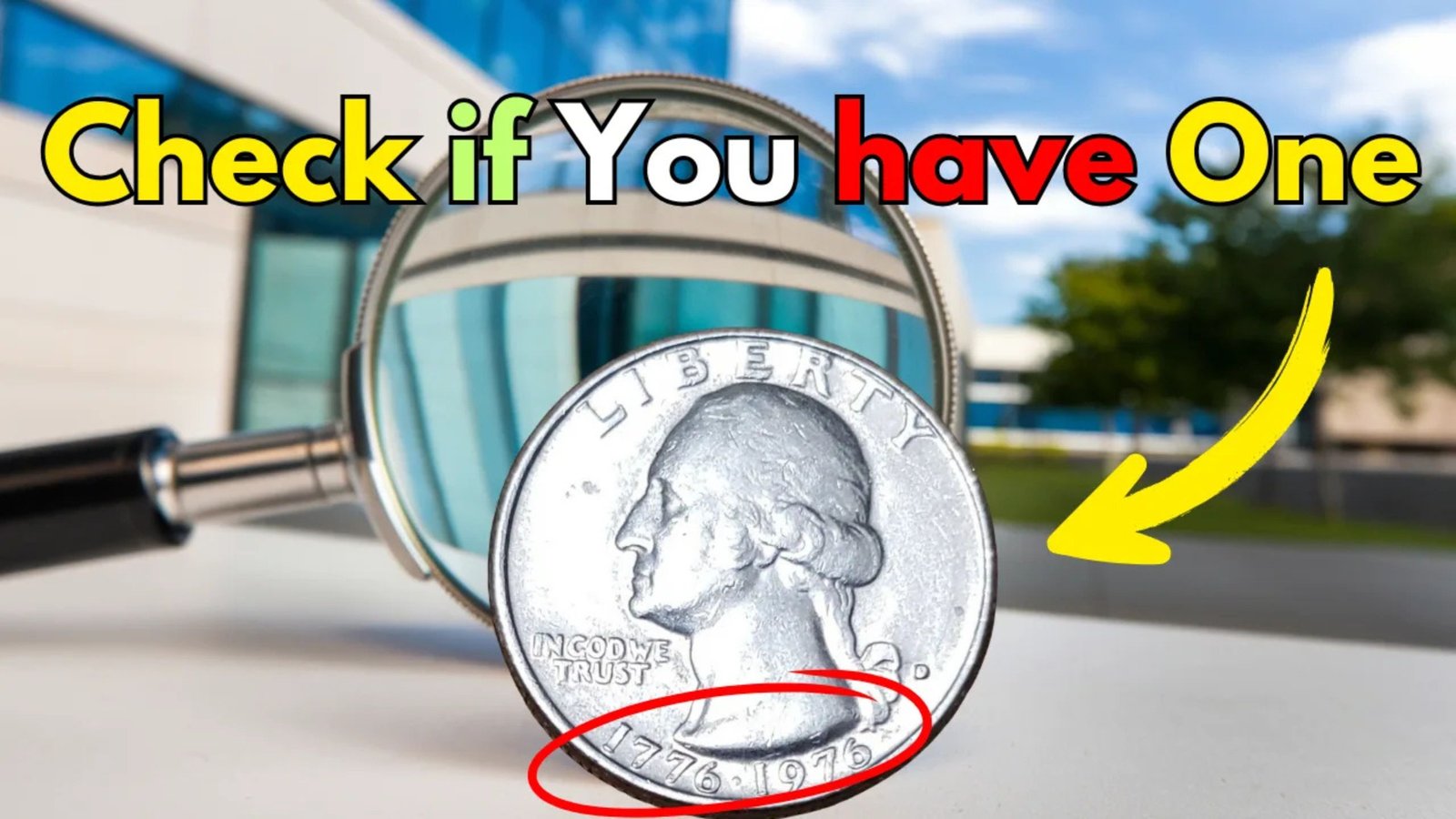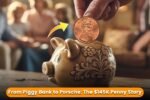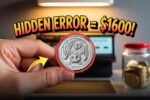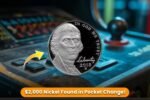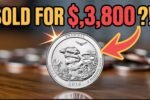Rare 1976 Bicentennial Quarter : The 1976 Bicentennial Quarter was released to celebrate the 200th anniversary of the founding of the United States. Unlike regular quarters, this coin features a special design with the dual date “1776–1976” on the front, and a Colonial drummer on the back. While most of these coins are common and carry only face value, a rare version exists that can be worth as much as $2 million. Understanding what makes it valuable is the first step in identifying one.
The Importance of the Unique Design
The special design on the Bicentennial Quarter sets it apart from other coins. The front (obverse) still features George Washington, but with the dual year marking the bicentennial. The reverse shows a Revolutionary War drummer with a victory torch encircled by 13 stars. This artistic design commemorates America’s fight for independence and gives the coin historical value, especially in pristine condition.
Rare Metal Composition and Striking Variants
While the majority of Bicentennial Quarters were made using standard copper-nickel, some were struck in 40% silver for collector sets. However, the quarters that reach values in the millions are often experimental or error coins—sometimes struck on different metal blanks, such as pure silver or even copper planchets by mistake. These production anomalies are extremely rare and are what collectors hunt for.
How Condition Affects the Coin’s Value
The state or condition of a coin—often called its “grade”—greatly influences its worth. Coins that are uncirculated and have no scratches, wear, or discoloration are far more valuable. A rare Bicentennial Quarter in mint condition, especially one with a known error, could be worth thousands—or even millions—if graded highly by a professional service.
The Role of Coin Grading and Authentication
Because counterfeit coins are common, especially for such a highly valuable quarter, authentication is essential. Reputable grading companies like PCGS (Professional Coin Grading Service) or NGC (Numismatic Guaranty Corporation) can verify a coin’s authenticity and assign it a grade based on quality. If you think you may have a rare Bicentennial Quarter, it’s best to have it professionally evaluated before selling or trading.
Where to Look and What to Watch For
You can begin your search in pocket change, old coin jars, or inherited coin collections. While most finds will be ordinary, it’s possible to come across a rare version—especially if the coin has unusual weight, color, or design features. A heavier feel or silver shine might indicate a different metal composition. Also, look for double strikes or off-center images, which are signs of rare mint errors.
Why These Quarters Can Be Worth Millions
The reason some of these coins reach up to $2 million in value is due to their extreme rarity and historical importance. Collectors are willing to pay top dollar for unique pieces that have a story, especially if the coin has never been circulated and holds a rare error or composition. Some high-profile auctions have proven that the demand for such coins remains strong.
Conclusion: A Small Coin With a Big Legacy
The 1976 Bicentennial Quarter is more than just pocket change—it’s a piece of American history. While most are worth 25 cents, a few hold secrets that can make them worth a fortune. By understanding the differences in design, composition, condition, and rarity, you increase your chances of identifying a hidden gem. With a sharp eye and a little luck, you might just uncover a million-dollar treasure.
